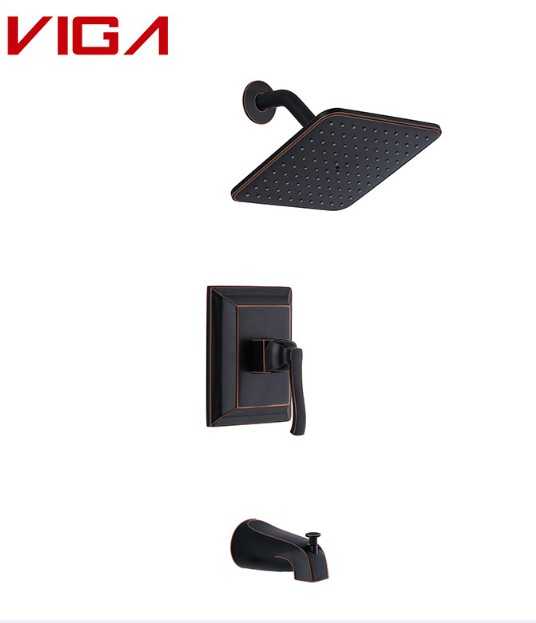Hajoale, many daily necessities are made of materials such as copper, tšepe, stainless steel, etc. Lisebelisoa tsena li na le likarolo tse boima tsa tšepe, which may cause excessive standards if not handled properly.
Ka mohlala, the main element of stainless steel contains manganese, chromium, le nickel. To maintain corrosion resistance, tšepe e sa hloekang e tlameha ho ba le palo e itseng ea chromium. If the chromium is not handled properly, it may lead to excessive chromium. Similarly, improper handling of manganese may result in excessive manganese.
The copper alloy used to make the faucet contains trace amounts of metal elements such as iron, aluminium, le etella pele. Haeba ha ho na lead, ho thata ho theha nakong ea ho lahla. E phahameng ea lintho tse etellang pele, the easier the casting process is. Ka hona, the copper faucet on the market generally contains a certain amount of lead. If the lead-free process is not done well when the factory is manufactured, it will lead to excessive lead.
Lebaka le leng ke hore theknoloji le lisebelisoa tsa k'hamphani li tsofala, resulting in the control of trace elements. Hangata, ha thepa e ncha e qala ho kenngoa tlhahisong, lihlahisoa tsa eona li tšoaneleha, empa ha thepa e sebelisoa nako e telele, the trace elements of the product will exceed the standard. This situation cannot be repaired from a technical point of view, and only new equipment can be replaced. Leha ho le joalo, some factories continue to use it in order to save money. This is a technical problem and a cost issue.
A bathroom equipment seller told reporters that most of the faucets on the market today are copper cores, but the quality is not good. Small manufacturers, cheap faucets, the possibility of lead exceeding the standard is very large. Lebaka ke hobane bahlahisi ba bang ha ba reke lisebelisoa tse tloaelehileng tsa koporo e le ho laola litšenyehelo, but purchase cheap lead brass from small workshops as raw materials. This lead brass is often high in lead but at half the price of brass alloy.
Mokhoa oa ho khetholla lipompo tse tlase ho theko? Some insiders told reporters that a copper faucet with a formal process should cost more than 100 yuan, while tens of faucets are likely to use lead brass.
“Ha ho bapisoa le lihlahisoa tse kholo, tens of dollars of faucets are really not worth spending so much time and energy to pick one by one, mme e ke ke ya ela hloko bothata ba dikahare tse feteletseng tsa loto.” A Shanghai resident who is renovating at home told reporters.
Ntlheng ena, some insiders said that domestic consumers pay insufficient attention to the quality and safety of faucets, which also makes many unqualified inferior faucets have opportunities.

 iVIGA Tap Factory Supplier
iVIGA Tap Factory Supplier

